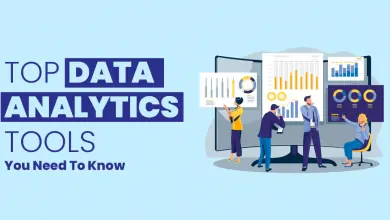Top 13 Data Warehouse Tools in 2025

Data warehousing is all about collecting and managing data from various sources to provide improved business insights. It is not just a regular reporting system but a collection of systems that can provide enterprises with meaningful information in real-time. In this blog, we will talk about the most used data warehousing tools.
What is Data Warehousing?
It is a way of collecting, managing and storing data from various sources in a well-organized pattern. Data warehousing tools help businesses organize their data so that they can make sense of it and make key decisions based on the insights derived from it.
Data warehousing is not just a regular reporting system but a collection of systems that can provide enterprises with meaningful information in real-time.
It is used by large corporations and organizations to collect, store, cleanse, integrate and analyze vast volumes of data from multiple sources: transactional databases, operational databases, or even external sources like social media channels or mobile apps.
The purpose of these warehouses is to make sense of disparate data sets so that business intelligence teams have an easier time making strategic decisions about their operations.
History of Data Warehouse
Data warehousing dates back to the 1980s. The first data warehouse was built in 1981 by the Data Warehouse Institute (DWI). After years of research and development, DWIs began to appear in businesses all over the world as they became more common and useful.
As a result, many companies started building their systems for data warehouses. This led to an increase in demand for professionals who had experience with them.
The first systems were built in the 1980s, but things took off after 1990 when widespread use began on both sides of the Atlantic Ocean thanks largely due to user-friendly tools such as Microsoft SQL Server Management Studio that made it easier than ever before for employees without any prior knowledge about databases or programming languages like Visual Basic Express Edition (VB6).
What are Data Warehousing Tools?
Data warehousing tools help businesses collect and efficiently organize different types of data so that users can extract useful information from them for analytical purposes.
These tools also aid in collecting data from multiple sources for more accurate results. It is not just a regular reporting system but a collection of systems that can provide enterprises with insights into their business operations, customers, and products.
Best Leading Data Warehousing Tools
As a data specialist, you’re probably already familiar with the importance of data warehousing tools. But if you’re new to the field, it can be difficult to know where to begin when it comes to choosing the right tool for your business.
1. Snowflake

Snowflake is an enterprise-grade cloud database that offers fast, secure, and reliable access to data via APIs and direct SQL queries. It’s designed with simple factors and used by all levels of developers.
The tool comes with native support for NoSQL databases like MongoDB and Hadoop, as well as data processing services like Spark and Presto.
2. Google BigQuery

BigQuery is a fully managed, cloud-based data warehouse that allows you to analyze massive datasets using SQL. It can handle petabytes of data and billions of rows, and it’s fast enough to enable real-time data exploration.
You can use BigQuery for ETL (extract, transform, load), data warehouse applications, and advanced analytics. It is great for handling large datasets because it automatically scales with your needs. When you run a query, the results are automatically loaded into your dataset so that they’re ready to be analyzed.
3. Microsoft Azure
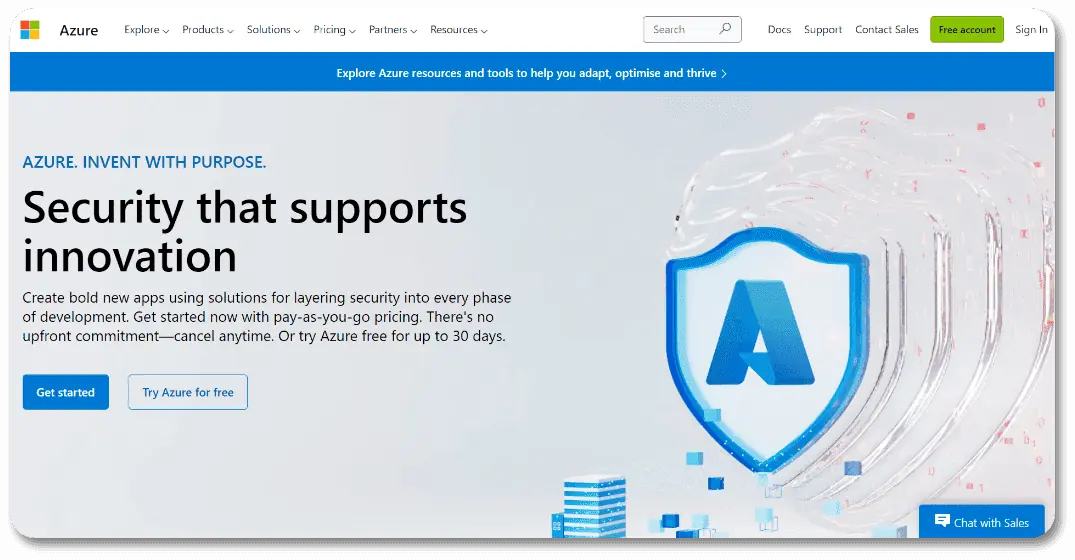
This tool offers its take on a cloud-based data warehousing solution called Azure Data Warehouse (ADW). It was created specifically for Microsoft users so that there are no compatibility issues when connecting your existing systems with this tool.
Like other similar offerings on this list, ADW supports both relational and non-relational databases as well as allows users to perform complex computations on their data sets in real-time through parallel processing capabilities.
4. Amazon Redshift
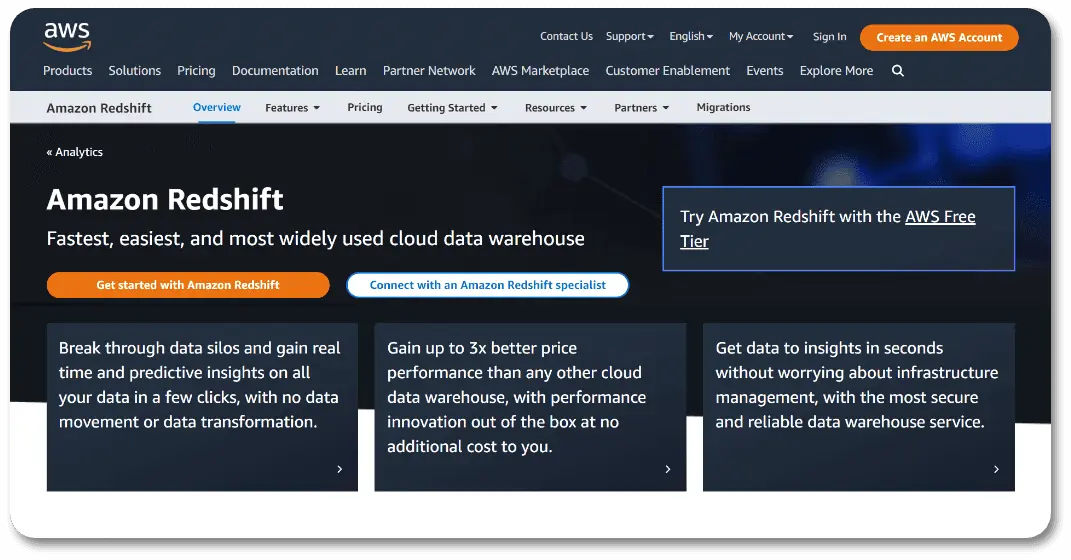
Amazon Redshift is another popular choice among enterprises looking for affordable cloud solutions. This tool offers high performance at scale for both batch and real-time workloads by using parallelism across nodes with a columnar storage format optimized specifically for analytics workloads.
It also comes with built-in security features such as encryption at rest, user authentication through Amazon Web Services Identity Provider (IAM), and audit logging.
5. Micro Focus Vertica
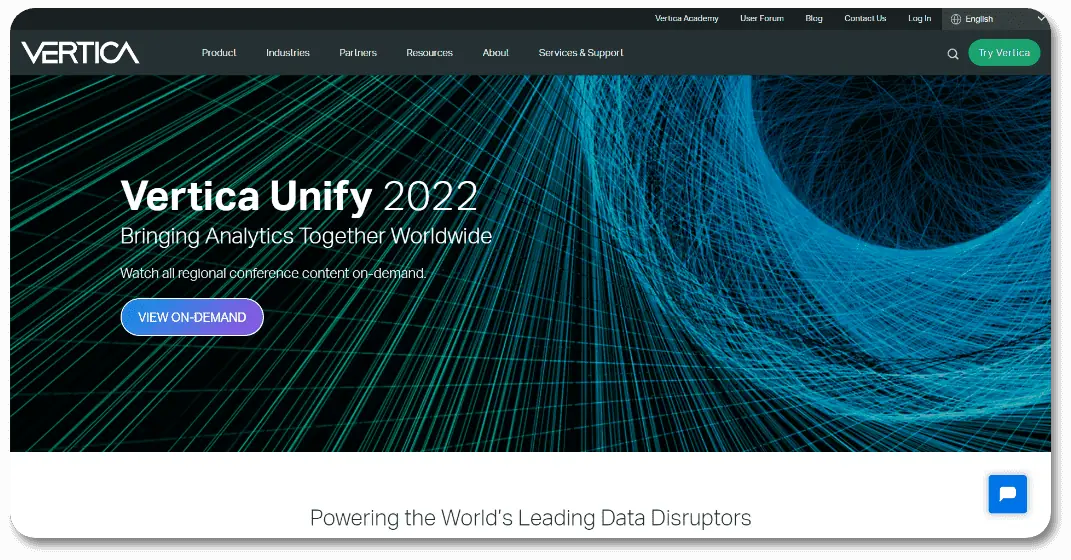
Micro Focus Vertica, is known for its ability to handle complicated queries and efficiently store data. This tool works well for companies that need to analyze massive amounts of data quickly but doesn’t have much experience with analytics software.
6. Teradata

Teradata is a powerful tool that’s been around since 1981 and has some of the best reporting capabilities out there (and probably one of the most intimidating interfaces).
It is an open-source solution with powerful features such as parallel processing capabilities and multi-dimensional modeling capabilities. This means that it can handle complex queries very quickly without slowing down your system performance or creating too much strain on your hardware resources.
7. IBM DB2 Warehouse
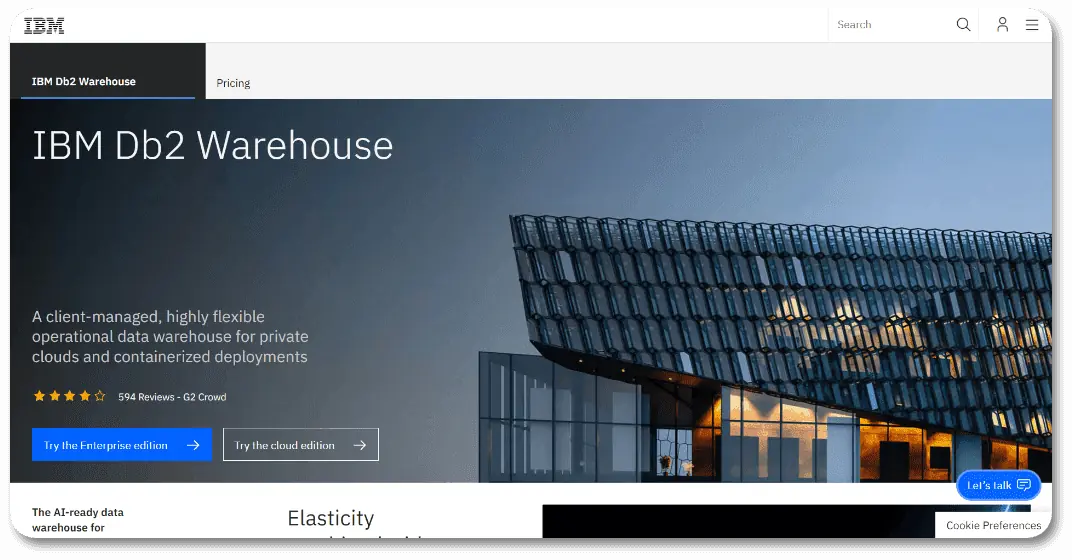
IBM DB2 Warehouse is a data warehousing tool that provides information management, data quality, and business intelligence. It uses the same technology as IBM DB2 Universal Database and InfoSphere Warehouse, which means it can support large-scale data warehousing environments with high availability and security.
IBM DB2 Warehouse also supports several industry-standard interfaces, including ODBC/JDBC, SQL/JDBC, XML/SQL, and more. The tool has been designed to work well with other IBM products, so you can use it in conjunction with other data management tools in your organization.
8. Oracle Autonomous Warehouse

This tool is designed for managing large amounts of unstructured data and can help ensure that your business stays on top of all its important information.
Oracle Autonomous Warehouse is highly customizable and easy to use, making it a great option if you’re looking for something easy enough for beginners but powerful enough for experts.
9. Cloudera

Cloudera is an open-source platform for big data analytics that includes Apache Hadoop and Apache Spark as well as other tools like Kafka.
A storm that enables distributed processing across multiple nodes in parallel across clusters of commodity hardware systems such as x86 servers running Linux operating systems using commodity server hardware components at each node (CPUs/RAM etc).
10. MarkLogic

MarkLogic is a data warehousing tool that allows users to store, search, and analyze data. It’s open-source software that uses the XML markup language to structure data.
It is designed for enterprise-level applications and large-scale data storage. It can be used by companies with large volumes of unstructured or semi-structured data such as social media posts and corporate documents.
MarkLogic is also flexible enough to provide support for multiple document types and languages.
11. SAP HANA
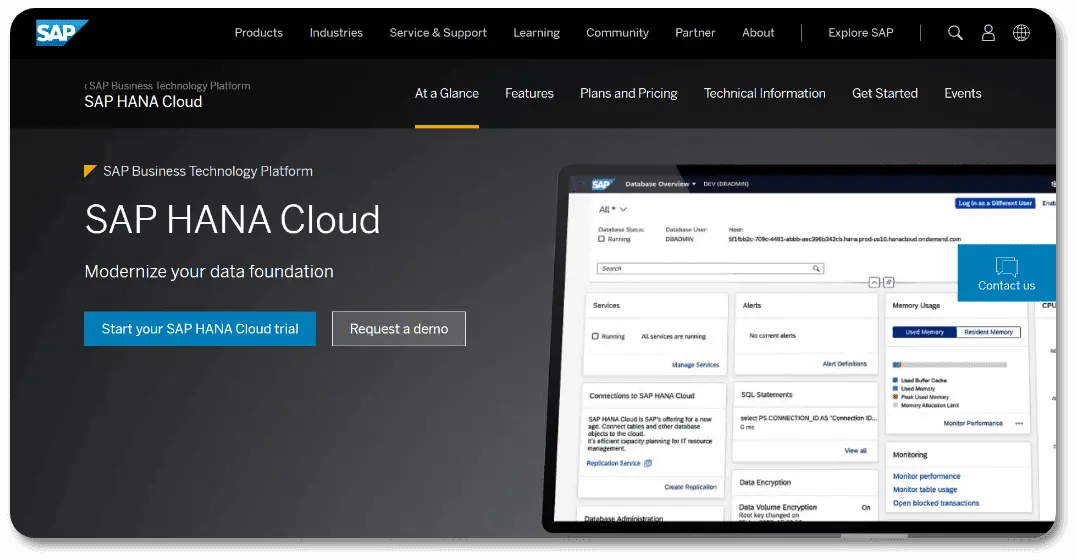
SAP HANA is an in-memory database that allows users to run queries against real-time streams of data using the same technology used by Facebook and Twitter to power their real-time insights dashboards.
This tool is ideal for organizations with huge amounts of streaming data or those who want to perform deep analytics across large datasets without needing to wait for IT support staff members or third-party consultants.
12. Amazon DynamoDB

Amazon DynamoDB is a fully managed NoSQL database service. The tool makes it easy to build scalable applications without having to worry about managing relational database management systems (RDBMS).
You can use it to store large amounts of unstructured data in an easy-to-use manner, making it perfect for big data solutions!
13. PostgreSQL

PostgreSQL is a relational database management system (RDBMS), and it’s one of the most popular open source platforms for data warehousing. It’s also built by a company called PostgreSQL Global Development Group, which means it’s free to use and comes with no licensing fees.
PostgreSQL is compatible with many other tools in the industry, which makes it easy to integrate into existing applications and processes. It’s also extremely scalable and can handle large amounts of data without slowing down.
How to Choose The Best Data Warehousing Tools
Choosing the right data warehousing tools can be a difficult process. There are many factors to consider, and each tool has its strengths and weaknesses. Let’s break down some of the most important aspects to look for when evaluating your options.
Step 1: The first thing to consider is whether you want a tool that’s cloud-based or on-premises. If you’re looking for an on-premises solution, look at everything from the hardware requirements to the cost of implementation and maintenance.
Step 2: You’ll have to consider whether or not your organization has the resources necessary to run an on-premises solution, especially if it’s a large one.
Step 3: If you opt for a cloud solution, think about how much flexibility and security you need to make sure your data is safe at all times. You may also want to consider how much control you want over your data and what kind of support comes with each service.
Step 4: Once you’ve decided which type of solution is right for you and your organization, think about what features are most important for achieving success with your new system.
Step 5: Ask these questions, do you want auditing capabilities? What about data visualization tools? Are there any specific databases that need access from many different locations?
These are just some tips that can help determine which data warehouse tools will work best in your business environment.

Conclusion
We hope this article has helped you understand the importance of data warehousing and its most used tools for businesses. It is a big challenge for companies to cope with the massive amounts of data they collect daily.
However, there are countless data warehousing tools available that can make this process easier. The most important thing is to choose one of them based on your needs and budget so that you can start using it right away!
FAQs on Data Warehouse Tools
Data warehousing tools are useful for helping you to collect, store and organize your data so that it can be used by other applications. This makes it easier for you to find the information that you need to make informed decisions about your business.
One of the main challenges that companies face when implementing a data warehousing tool is getting employees on board with using it.
If employees see no value in using the tool and feel like it’s just another thing that they have to learn, then they may not be motivated to use it or train themselves on how to use it.
It’s important for companies who implement data warehouse solutions to make sure that their employees understand what value there is in using these tools and why they should be using them regularly as part of their daily workflow processes.
A data warehouse provides an organized way for you to store all of your company’s information in one place. This makes it easier for you to find the information that you need at any given time.
A good example of this would be if you wanted to find out what types of products are selling well at your store today or what was sold last week.
With a proper data warehouse system in place, all of this information will be right at your fingertips without having to go through multiple databases or applications.
Yes! There are many different kinds of data warehouse tools out there—some are more complex than others, some work better for certain types of businesses than others, and some are more expensive than others.
The best way to figure out which one works best for you is by doing your research and getting recommendations from other professionals in the field who have had experience with different types of data warehouse tools.
There are many factors to consider when choosing a data warehousing tool. Some things you might want to look at include:
– The size of your organization and its budget
– The amount of time you have available for training new employees on the tool
– Whether or not you need support from the vendor




